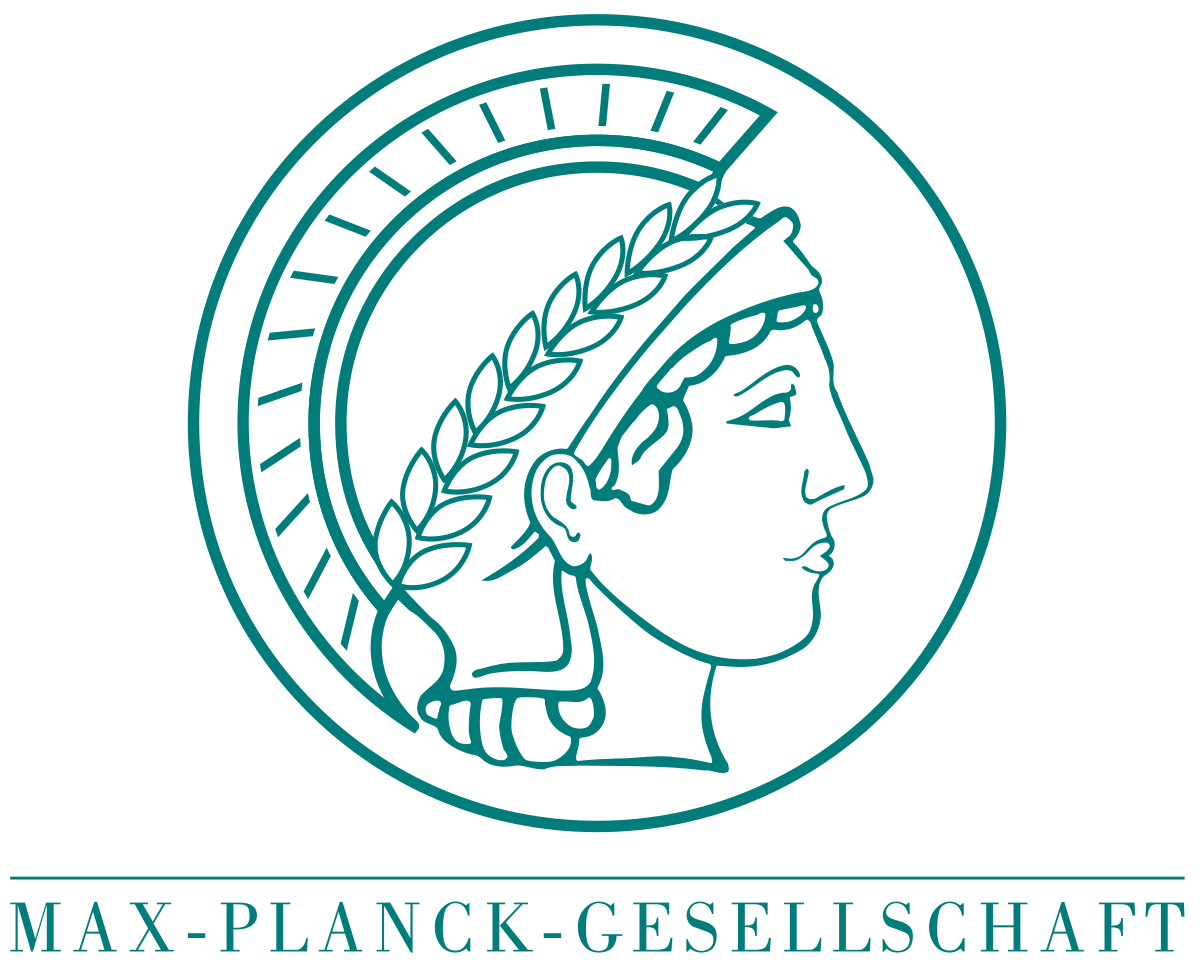-
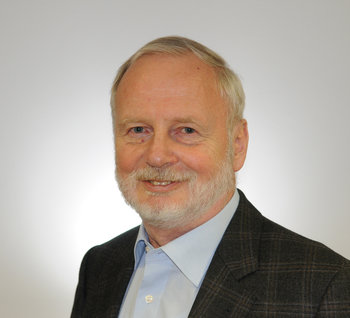 Expertise Summary
Expertise Summary
-
-
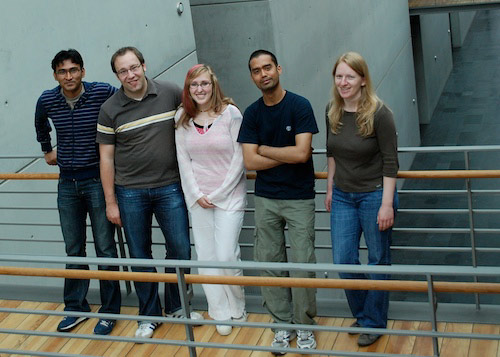 Expertise Summary
Expertise Summary -
Dr. Tonie Baars: Coupled cell-free transcription-translation systems
In collaboration with the department of Molecular Neurogenetics headed by Prof. Peter Mombaerts we are interested in expression and subsequent structural characterization of murine olfactory receptors, belonging to the heptahelical G-protein-coupled receptor (GPCR) superfamily. Aim of this project is to elucidate the structural basis of odorant discrimination.

-
-
Dr. Jürgen Köpke: Aerobic terminal oxidases
Which of the four electron transfers (from cytochrome c to the active site) are coupled to proton pumping? How are protons assigned to be substrate or pumped protons? What is the precise structure of the catalytic intermediates? Is there a peroxide bridge in the active centre in the oxidised state? Where is the proton exit pathway?
-
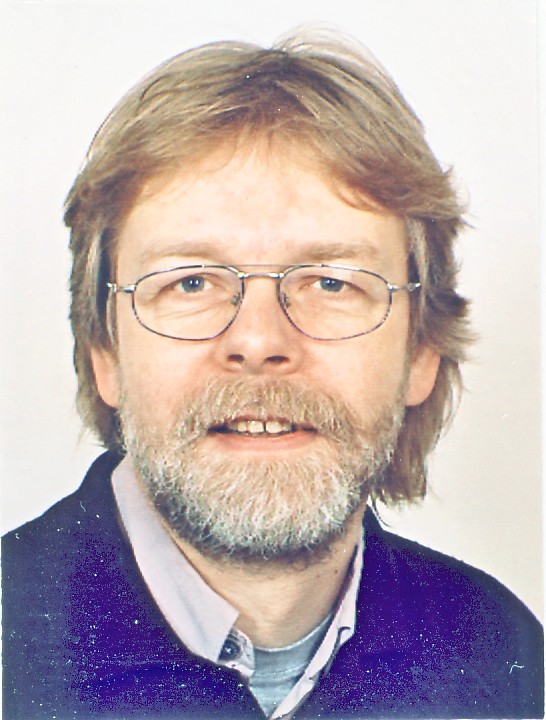 Expertise Summary
Expertise Summary
-
-
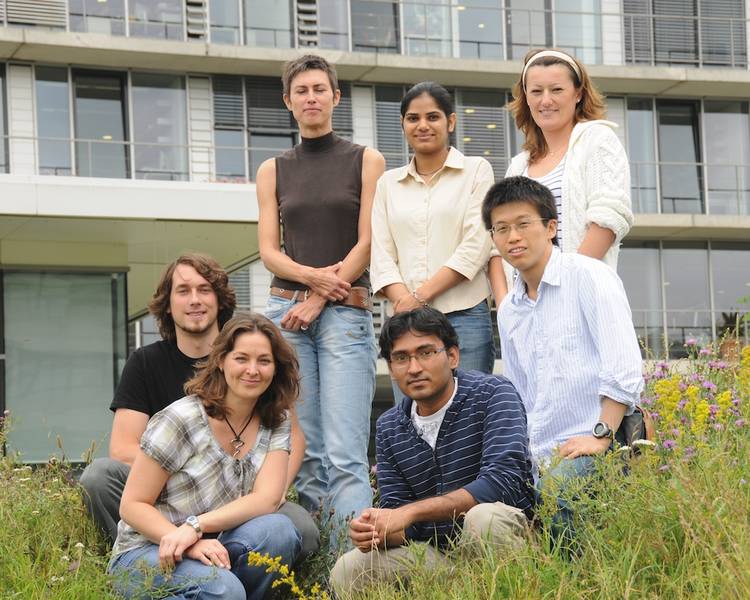 Expertise Summary
Expertise Summary -
Prof. Hartmut Michel: Secondary Active Transporters
Working with target proteins without functional characterization, it is necessary to identify their function. For this purpose, selected transport proteins are analyzed by functional complementation in E. coli, or transport assays or by using solid supported membrane based electrophysiology.
-
-
Dr. Guohong Peng: Structural Membrane Proteomics
The project aims to isolate, identify and to crystallize as many proteins and membrane protein complexes from membranes of the hyperthermophilic bacterium Aquifex aeolicus. The isolated membrane proteins and membrane protein complexes are also functionally characterized.
-
 Expertise Summary
Expertise Summary
-
-
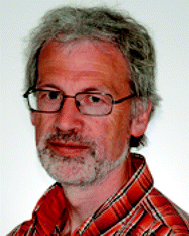 Expertise Summary
Expertise Summary -
Prof. Ullrich Ermler: Structure and mechanism of enzymes of methanogenic pathway
Our research is focussed on structure biological subjects and for structure determination we use the method of X-ray crystallography. Our major biological interest is directed to enzymes catalyzing biological degradation processes such as the methanogenic pathway.
-
-
Prof. Hartmut Michel: G-Protein Coupled Receptors
Our goal is to determine the structure of native GPCRs and functional GPCR-protein complexes in their active state. Most of our targets originate from mammalian species, like human, mice and rat. We also collaborate with nmr groups (Prof. C. Glaubitz, Uni Frankfurt, Prof. H. Oschkinat, FMP, Berlin) in order to determine the conformation of peptide ligands in the receptor bound state by solid state nuclear magnetic resonance spectroscopy.
-
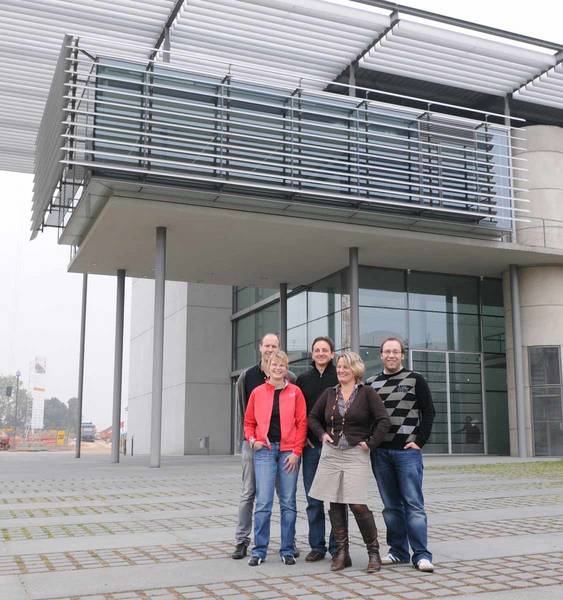 Expertise Summary
Expertise Summary
-
-
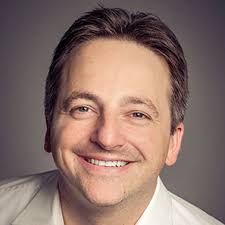 Expertise Summary
Expertise Summary -
Dr. Julian Langer: Membrane mass spectrometry
The “Proteomics and membrane mass spectrometry” lab is funded by the MPIs for Biophysics and Brain Research. We specialize in the development of workflows, methods and – in collaboration with instrument vendors – mass spectrometers in order to address open questions in structural, molecular and neuro-biology.
-
-
Dr. Elena Olkhova: Computational Biophysics
The group in the department applies computational methods to investigate structure-functional relationships in selected membrane proteins. We study the dynamics and conformational changes in transmembrane proteins by means of several molecular mechanics and bioinformatics techniques.
-
 Expertise Summary
Expertise Summary
-
-
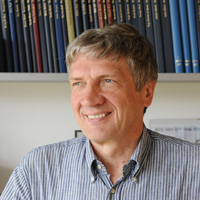 Expertise Summary
Expertise Summary -
Prof. Werner Kühlbrandt: Structure and Function of Membrane Proteins
The main aim of the Department is to understand the structure and function of membrane proteins and large membrane protein complexes, as determined by electron cryo-microscopy (cryoEM) and x-ray crystallography. CryoEM of macromolecular assemblies is undergoing a revolution at the moment (Kühlbrandt, Science 2014), largely due to the development of new direct electron detectors, to which the Department and the Max Planck Society have contributed.

-
-
Dr. Arne Möller: A direct view on macromolecular machines
The lab uses cryoEM to characterize 3D structures of membrane proteins. We set our focus on the analysis of the dynamics of trans-membrane transporters that actively translocate substrates through the lipid bilayer and neuronal surface receptors that are involved in trafficking and signaling.
-
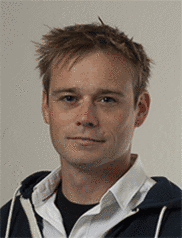 Expertise Summary
Expertise Summary
-
-
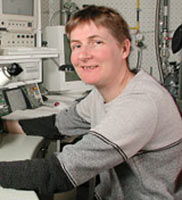 Expertise Summary
Expertise Summary -
Dr. Janet Vonck: Electron microscopy of protein complexes in bioenergetics
A major function of biological membranes is the conversion of energy from food or light into a proton or ion gradient, which is utilised to form ATP, the energy currency of the cell. We study proteins and protein complexes involved in this process by electron crystallography of two-dimensional crystals and by single particle electron microscopy.
-
-
Dr. Özkan Yildiz: Structure and functions of proteins involved in membrane transport
The group's main focus is the 3D crystallization, X-ray structure determination and functional characterization of proteins involved in transport and signalling across the membrane. In combination with electron microscopic methods like electron cryo-microscopy or single particle analysis, we try to get insights into the structure and mechanisms of the studied proteins. The monomeric porin OmpG from the E. coli outer membrane, the sodium proton antiporter NhaP1 and GlnK1, the regulator of the ammonium channel Amt1 from Methanocaldoccus jannaschii are among the investigated proteins.
-
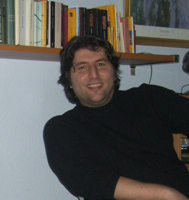 Expertise Summary
Expertise Summary
-
 Expertise Summary
Expertise Summary -
Prof. Dr. Gerhard Hummer: Structure and Function of Membrane Proteins
Life relies on the intricate interactions of proteins, nucleic acids, lipids and other biomolecules. Our goal is to develop detailed and quantitative descriptions of key biomolecular processes, including energy conversion, molecular transport, signal transduction, and enzymatic catalysis.

-
-
Dr. Pilar Cossio: Max Planck Tandem Group
My main goal is to develop mathematical methods to integrate these three lines of research to characterize flexible biomolecules. This will allow to relate kinetic information (such as rates of transitions) from single-molecule experiments to structural states from both imaging experiments and simulations. With my approach, I aim to improve the understanding of protein dynamics and functionality.
-
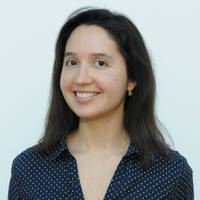 Expertise Summary
Expertise Summary
-
 Expertise Summary
Expertise Summary -
Dr. Martin Beck: Molecular Sociology
The traditional concept of molecules that randomly collide inside of cells to engage in biochemical reactions is obsolete. The term „Molecular Sociology“ refers to the study of both long lasting and short term interactions of molecules inside of cells that are important to organize them into functional modules. Martin Beck and his team will use biophysical methods to investigate these molecular relationships.

Additional Groups
-
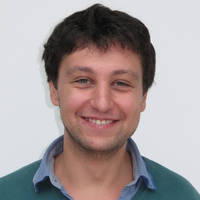 Expertise Summary
Expertise Summary -
Dr. Misha Kudryashev: Native structure and gating of ion channels
Our lab targets complex ion channels in the human brain implicated in numerous neurodegenerative diseases such as depression and schizophrenia. We use single particle cryo-EM to gain insights into gating and regulation of these important molecules. High-resolution single particle cryo electron microscopy, also known as “cool microscope technology which revolutionised biochemistry” was recognised by a Noble Prize in Chemistry to Jacques Dubochet, Joachim Frank and Richard Henderson in 2017.

-
Dr. Nadine Schwierz-Neumann: Description of biological soft matter systems
My research addresses the theoretical description of biological soft matter systems using methods of statistical physics and computer simulations. Special emphasis is placed on quantitatively describing the interactions between biomolecules and characterizing the influence of ions and water molecules. The overarching goal of my research is to develop a detailed understanding at the molecular level in order to contribute to advances in new technologies and modern medicine.
-
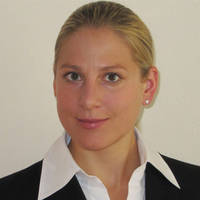 Expertise Summary
Expertise Summary
-
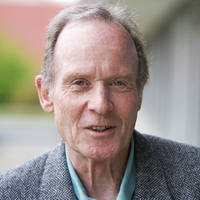 Expertise Summary
Expertise Summary -
Prof. Dr. Ernst Bamberg: Biophysical Chemistry
The focus of the research the emeritus group is the functional analysis of electrogenic membrane proteins. Transporters, ion pumps as well as ion channels are under investigation. Electrical, electrophysiological and spectroscopic methods are applied.

-
-
Copyright © 2015 - All Rights Reserved - Domain Name
Template by OS Templates
-
-
-
-
-
-
-
-
-
-
-

